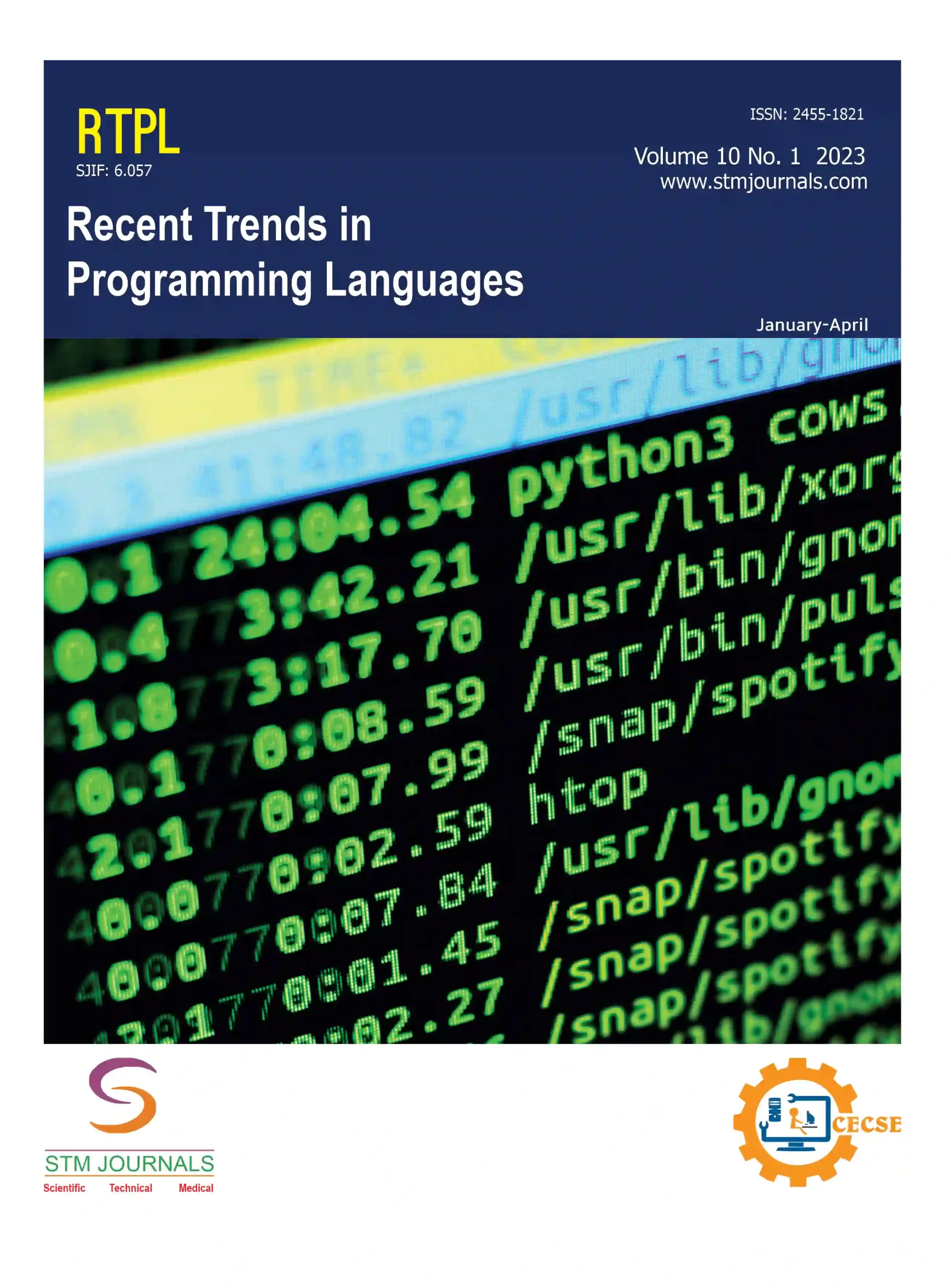[{“box”:0,”content”:”[if 992 equals=”Open Access”]
Open Access
n
[/if 992]n
n
n
n
n
- n t

n
R.R. Koyel
[/foreach]
n
n
n[if 2099 not_equal=”Yes”]n
- [foreach 286] [if 1175 not_equal=””]n t
- Student, Department of Computer Applications, Saveetha College of Liberal Arts and Sciences, Chennai, Tamil Nadu, India
n[/if 1175][/foreach]
[/if 2099][if 2099 equals=”Yes”][/if 2099]nn
Abstract
nThis research is done with the main objective of displaying all the impacts caused in the young minds which is being caused by the usage of the gadgets such as phone, tablet, laptops, TV etc. We also concentrate on the evolution of gadgets and technologies that we have been through, throughout the years. The impacts including both the negative and positive aspects, the main aim of this research is to provide the readers with an unbiased view of all the aspects, which helps you with a better understanding and it will help you to decide what impact it caused in your life, whether is it good or bad? Is it really needed? How is it helping you? At the end of the research paper, you’ll understand how to make use of it properly, how to make it more useful, how to stop getting addicted, how to use it correctly. You’ll learn how to use gadgets in a balanced manner. It also helps the parents to understand what their kids are doing & the impacts which are caused by the gadgets and how to bring them out if needed. This research delves into the evolution and impact of gadgets in modern society. From their early beginnings as music players to the era of smartphones and wireless technology, gadgets have reshaped communication and convenience. We explore both the positive aspects of enhanced efficiency and global connectivity, as well as the potential negatives such as health issues and distractions. By examining responsible usage strategies and parental guidance, we aim to navigate the intricate relationship between gadgets and our lives.
n
Keywords: Evolution, Young minds, Positive impacts, Negative impacts, Aspects, Portable electronic devices, Communication, Parental guidance.
n[if 424 equals=”Regular Issue”][This article belongs to Recent Trends in Programming languages(rtpl)]
n
n
n
n
n
n
n[if 992 equals=”Open Access”] Full Text PDF Download[else] nvar fieldValue = “[user_role]”;nif (fieldValue == ‘indexingbodies’) {n document.write(‘Full Text PDF‘);n }nelse if (fieldValue == ‘administrator’) { document.write(‘Full Text PDF‘); }nelse if (fieldValue == ‘rtpl’) { document.write(‘Full Text PDF‘); }n else { document.write(‘ ‘); }n [/if 992] [if 379 not_equal=””]n
Browse Figures
n
n
n[/if 379]n
References
n[if 1104 equals=””]n
1. Davis, F. D. (1989). Perceived usefulness, perceived ease of use, and user acceptance of information technology. MIS Quarterly, 13(3), 319-340.
2. Venkatesh, V., Morris, M. G., Davis, G. B., & Davis, F. D. (2003). User acceptance of information technology: Toward a unified view. MIS Quarterly, 425-478.
3. Bianchi, A., & Phillips, J. G. (2005). Psychological predictors of problem mobile phone use. CyberPsychology & Behavior, 8(1), 39-51.
4. Thomée, S., Härenstam, A., & Hagberg, M. (2011). Mobile phone use and stress, sleep disturbances, and symptoms of depression among young adults—a prospective cohort study. BMC Public Health, 11(1), 66.
5. Kuss, D. J., & Griffiths, M. D. (2011). Online social networking and addiction—a review of the psychological literature. International Journal of Environmental Research and Public Health, 8(9), 3528-3552.
6. Primack, B. A., Shensa, A., Sidani, J. E., Whaite, E. O., Lin, L. Y., Rosen, D., … & Colditz, J. B. (2017). Social media use and perceived social isolation among young adults in the US. PLoS One, 12(8), e0182146.
7. Baldé, C. P., Forti, V., Gray, V., Kuehr, R., & Stegmann, P. (2017). The global e-waste monitor 2017: Quantities, flows, and resources. United Nations University.
8. Williams, E., & Kahhat, R. (2010). Computers and the environment: Understanding and managing their impacts. Ecological Economics, 70(3), 445-450.
9. Elhai, J. D., Dvorak, R. D., Levine, J. C., & Hall, B. J. (2016). Problematic smartphone use: A conceptual overview and systematic review of relations with anxiety and depression psychopathology. Journal of Affecting Disorders, 207-216.
10. Zenko, Z., & Fajdiga, B. (2019). The role of mindfulness in the relation between problematic smartphone use and anxiety symptomatology. Journal of Affective Disorders, 111-117.
11. Reinecke, L., Aufenanger, S., Beutel, M. E., Dreier, M., Quiring, O., Stark, B., … & Müller, K. W. (2017). Digital stress over the life span: The effects of communication load and internet multitasking on perceived stress and psychological health impairments in a German probability sample. Media Psychology, 20(1), 90-115.
12. Przybylski, A. K., Murayama, K., DeHaan, C. R., & Gladwell, V. (2013). Motivational, emotional, and behavioral correlates of fear of missing out. Computers in Human Behavior, 29(4), 1841-1848.
nn[/if 1104][if 1104 not_equal=””]n
- [foreach 1102]n t
- [if 1106 equals=””], [/if 1106][if 1106 not_equal=””],[/if 1106]
n[/foreach]
n[/if 1104]
nn
nn[if 1114 equals=”Yes”]n
n[/if 1114]
n
n
n
n
n
| Volume | 11 | |
| [if 424 equals=”Regular Issue”]Issue[/if 424][if 424 equals=”Special Issue”]Special Issue[/if 424] [if 424 equals=”Conference”][/if 424] | 01 | |
| Received | February 16, 2024 | |
| Accepted | March 6, 2024 | |
| Published | April 4, 2024 |
n
n
n
n
n
nn function myFunction2() {n var x = document.getElementById(“browsefigure”);n if (x.style.display === “block”) {n x.style.display = “none”;n }n else { x.style.display = “Block”; }n }n document.querySelector(“.prevBtn”).addEventListener(“click”, () => {n changeSlides(-1);n });n document.querySelector(“.nextBtn”).addEventListener(“click”, () => {n changeSlides(1);n });n var slideIndex = 1;n showSlides(slideIndex);n function changeSlides(n) {n showSlides((slideIndex += n));n }n function currentSlide(n) {n showSlides((slideIndex = n));n }n function showSlides(n) {n var i;n var slides = document.getElementsByClassName(“Slide”);n var dots = document.getElementsByClassName(“Navdot”);n if (n > slides.length) { slideIndex = 1; }n if (n (item.style.display = “none”));n Array.from(dots).forEach(n item => (item.className = item.className.replace(” selected”, “”))n );n slides[slideIndex – 1].style.display = “block”;n dots[slideIndex – 1].className += ” selected”;n }n”}]


